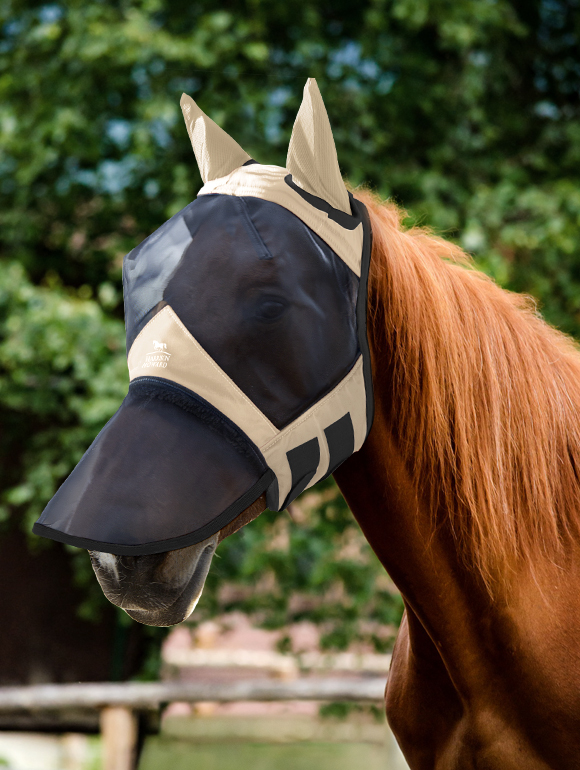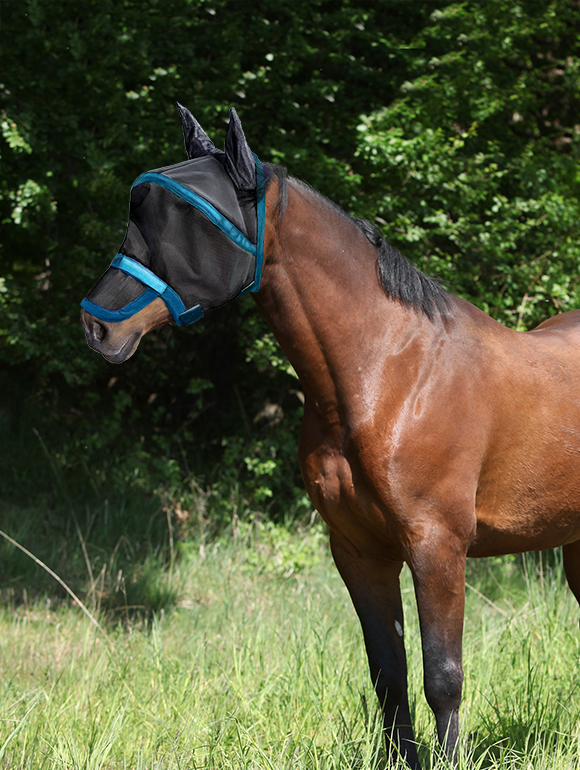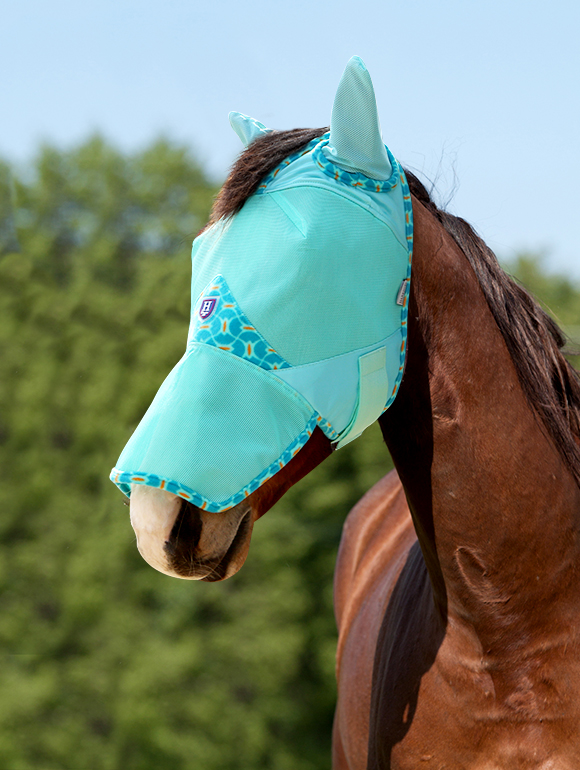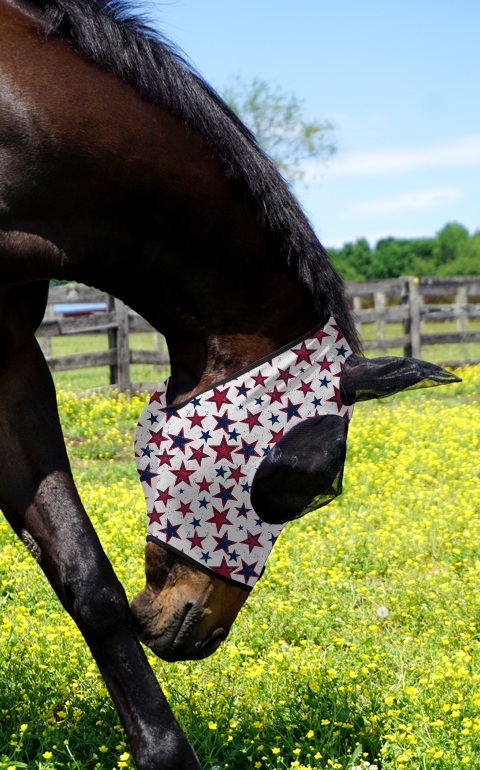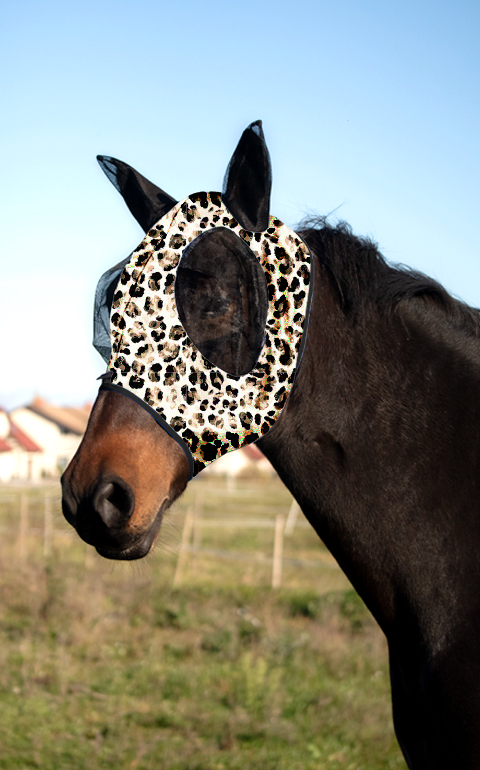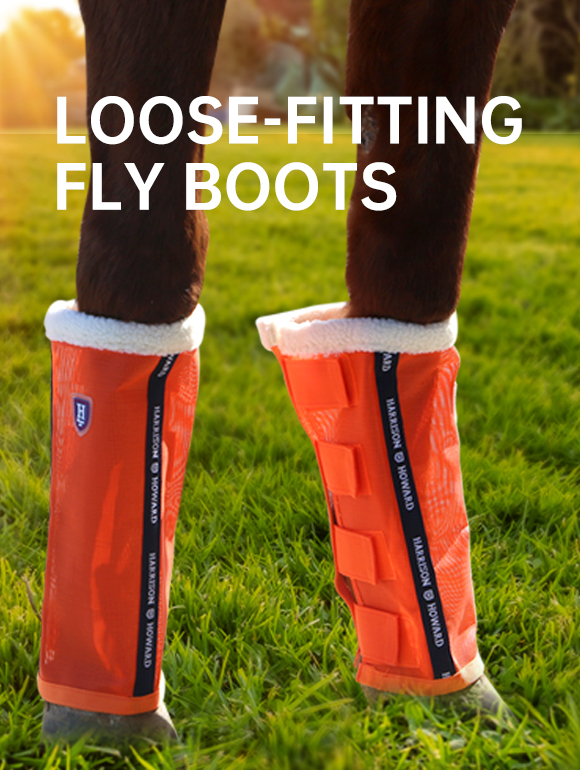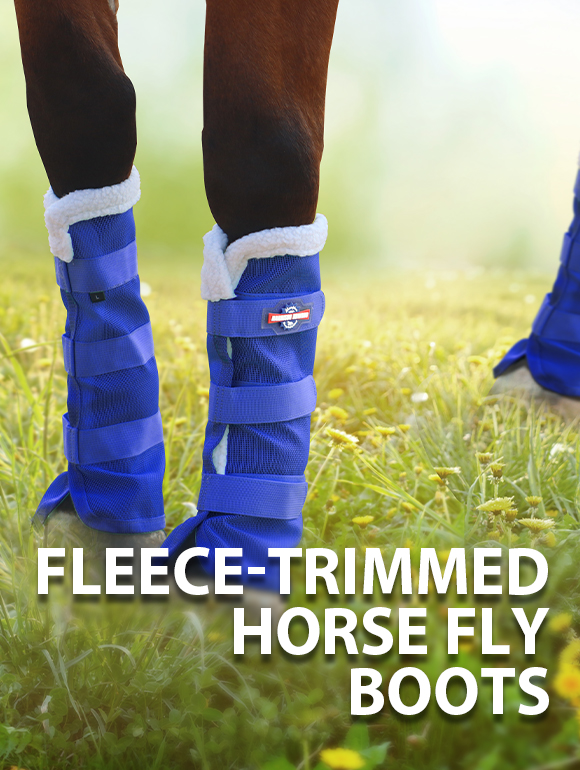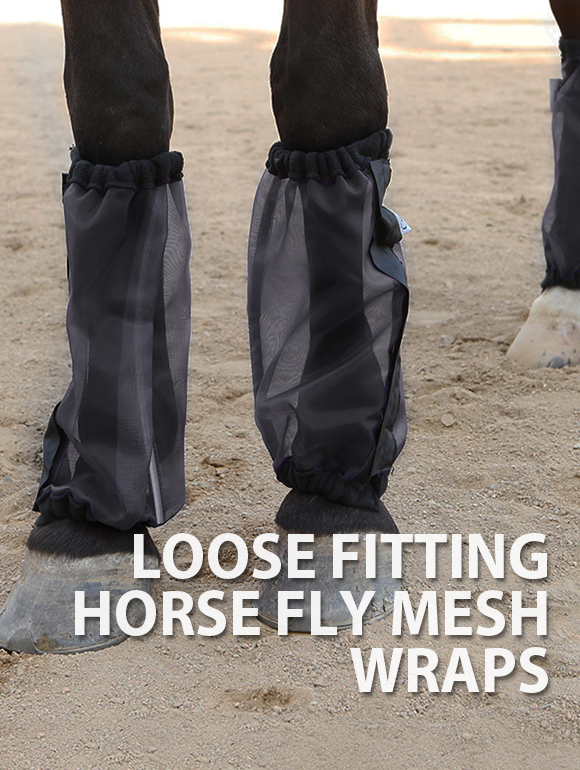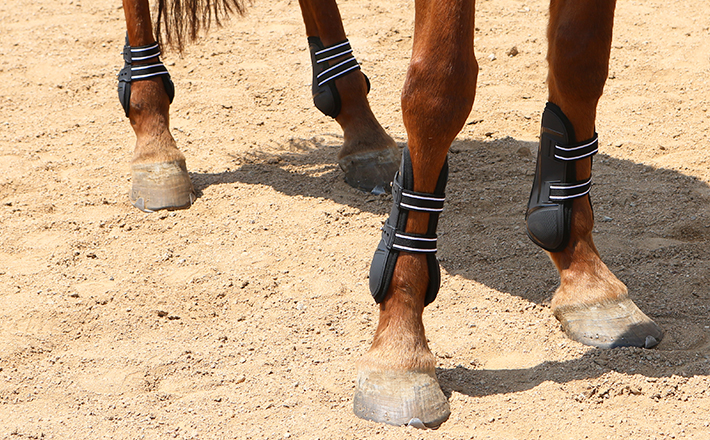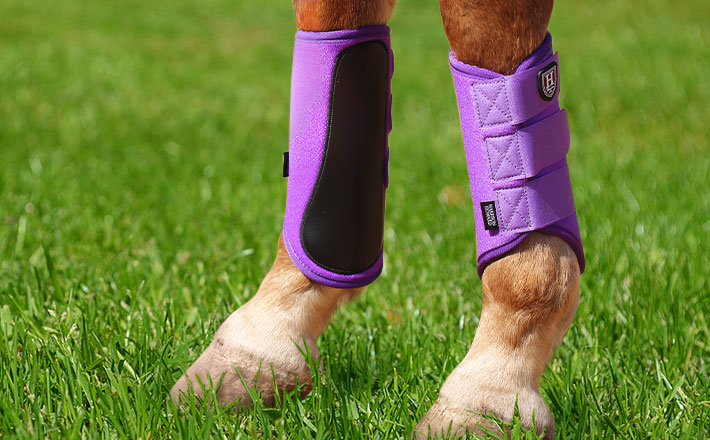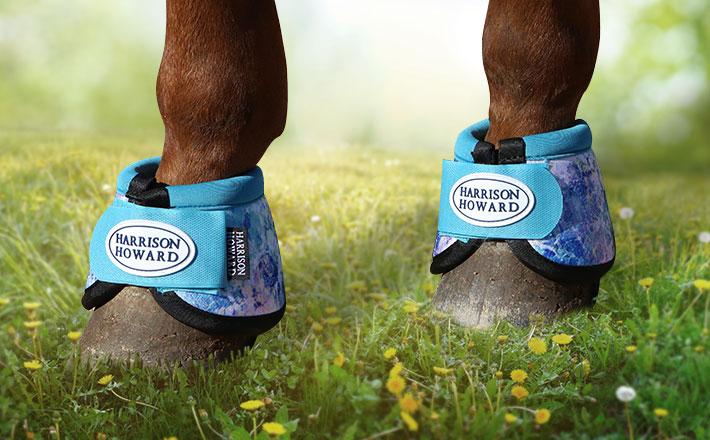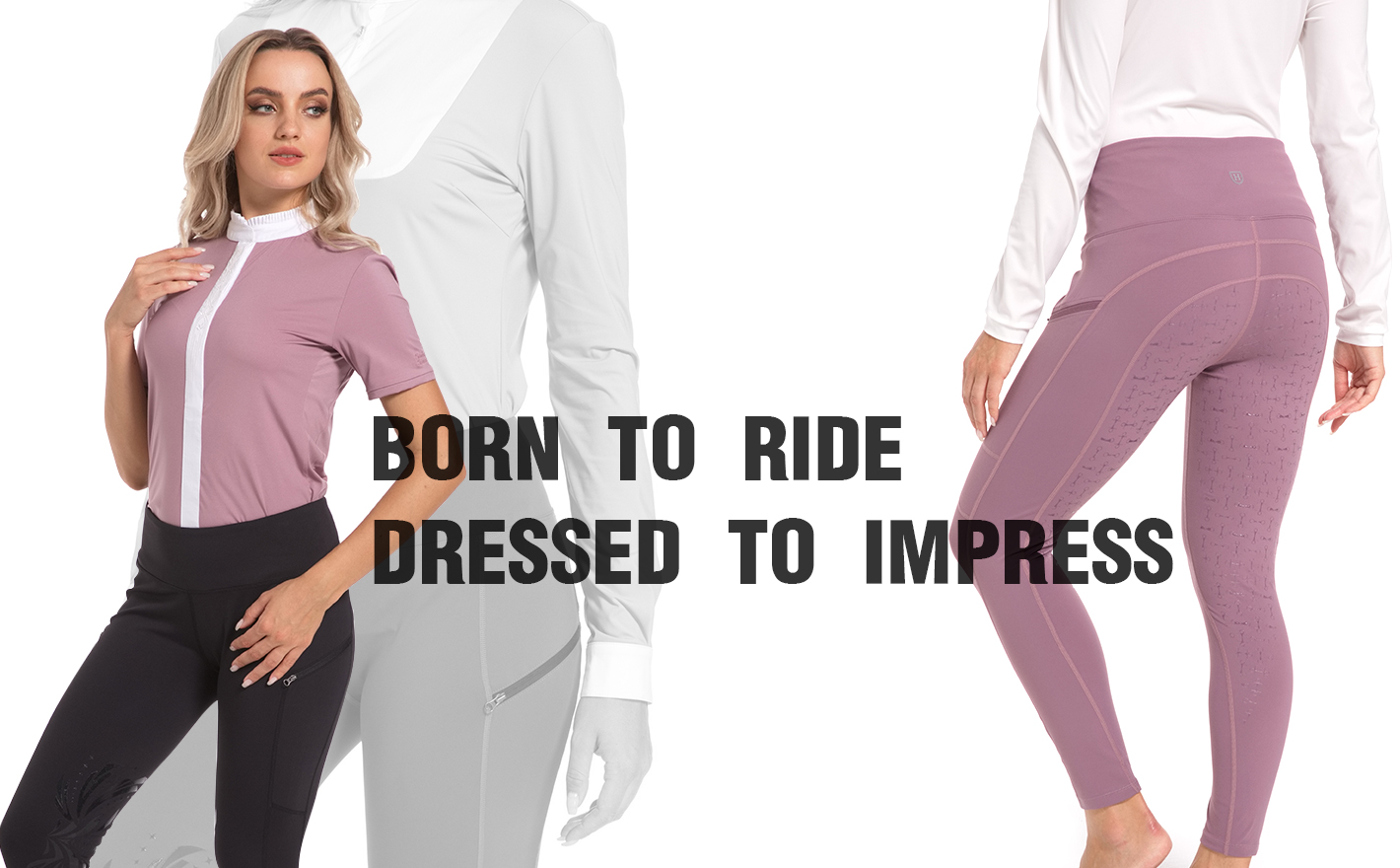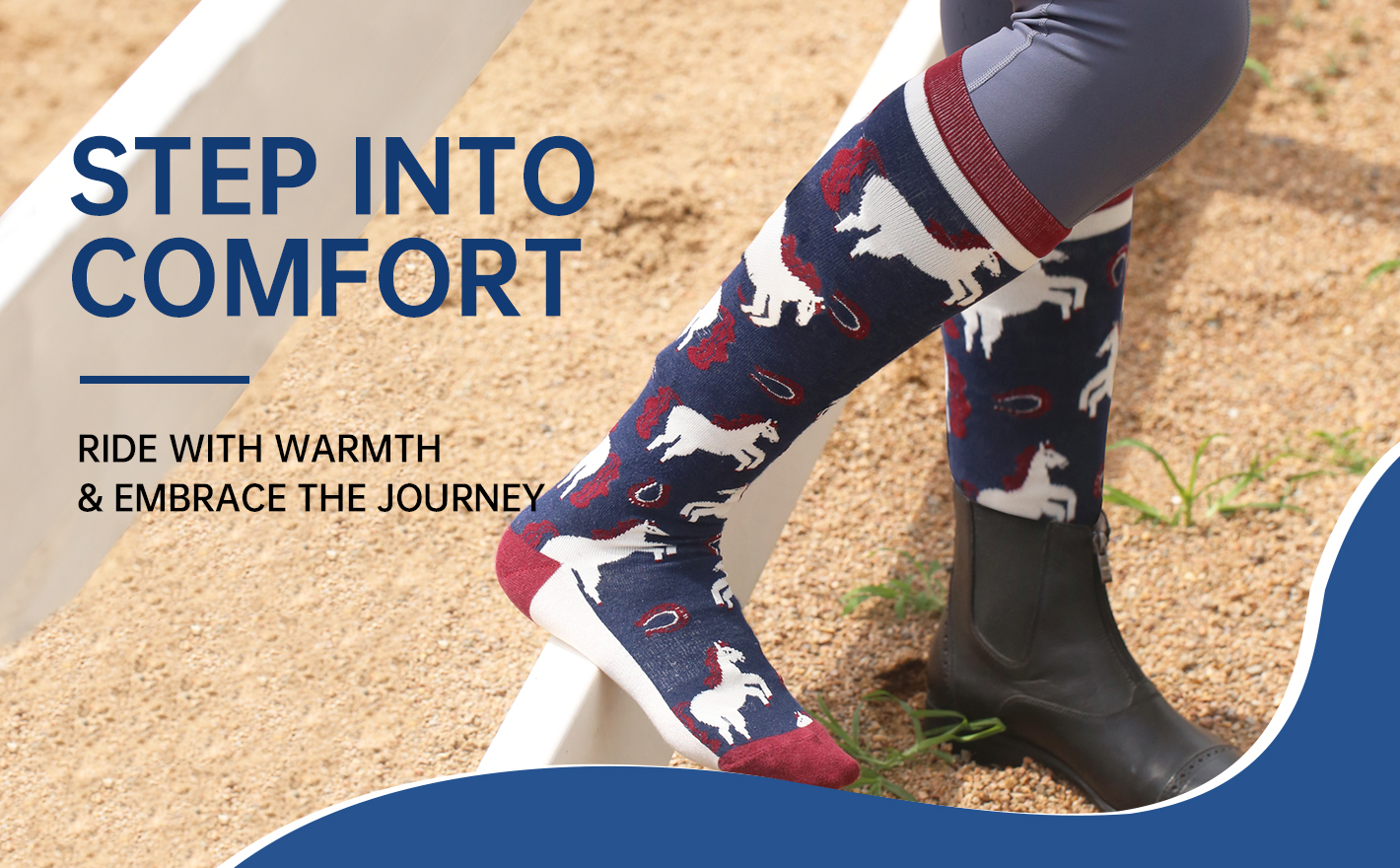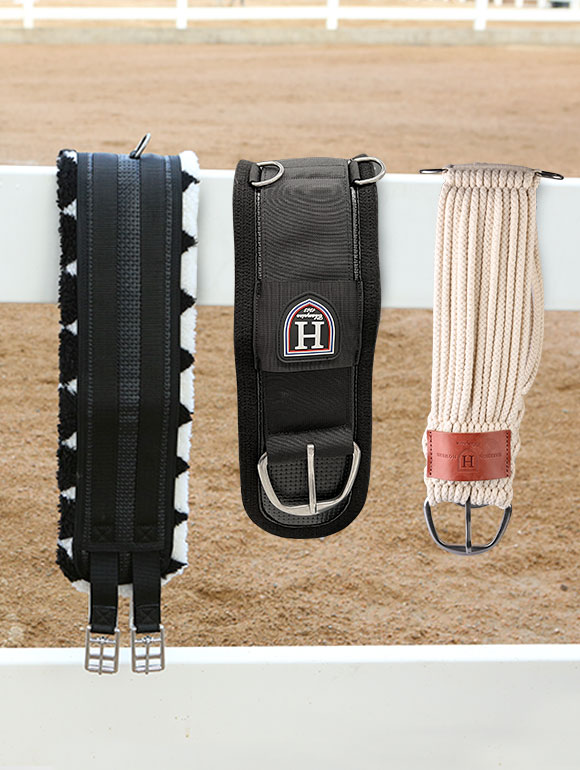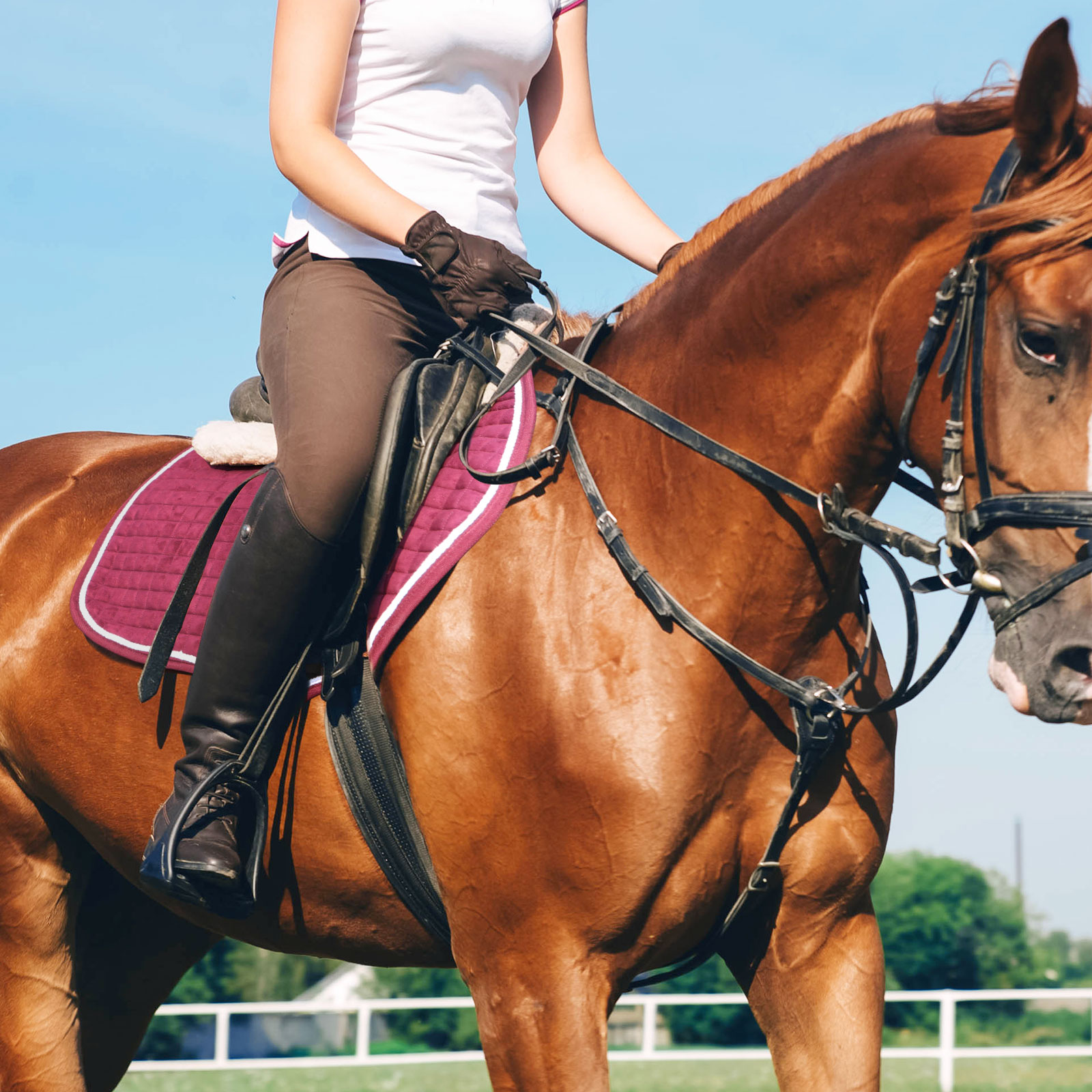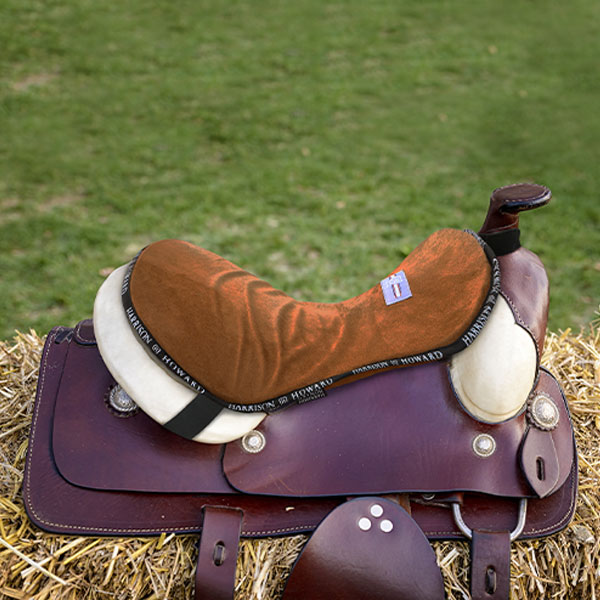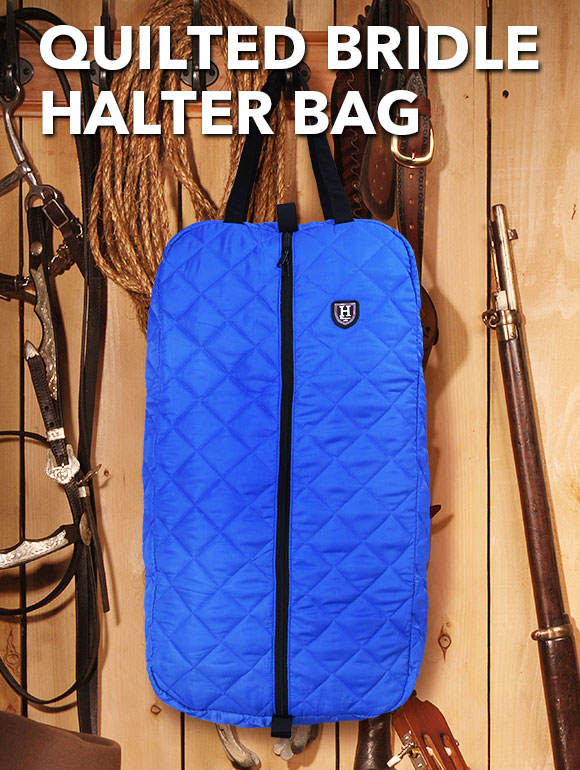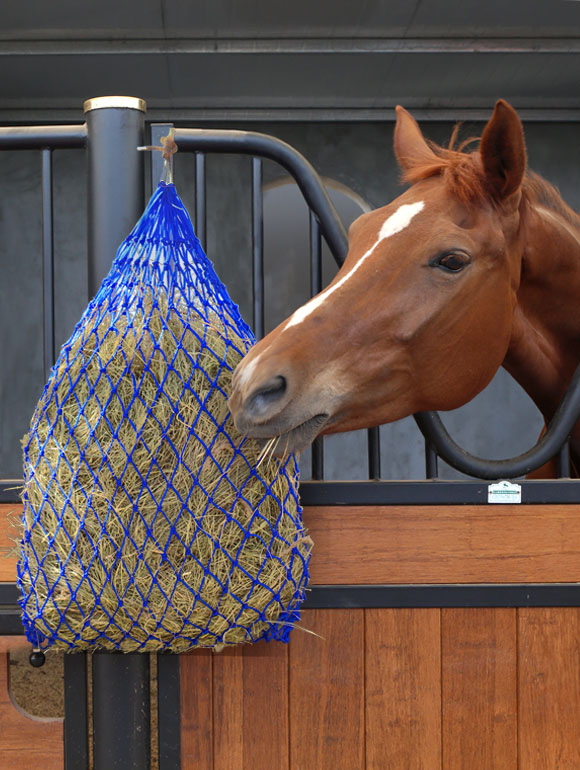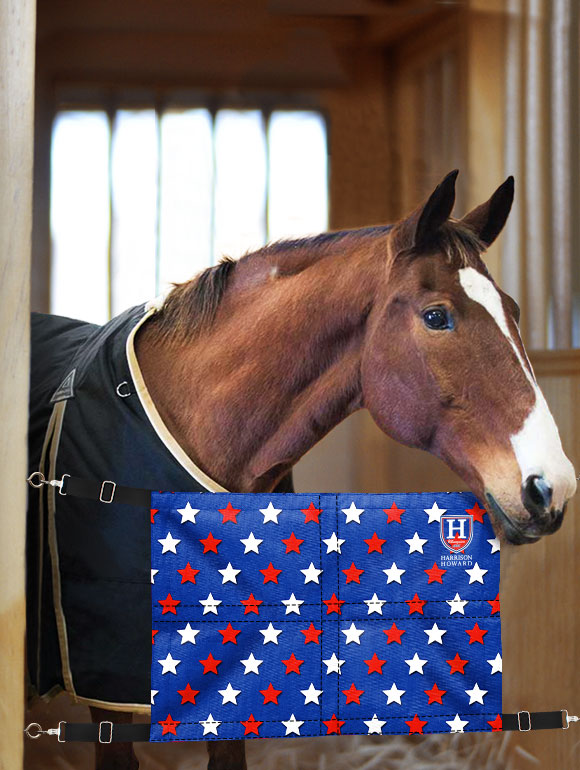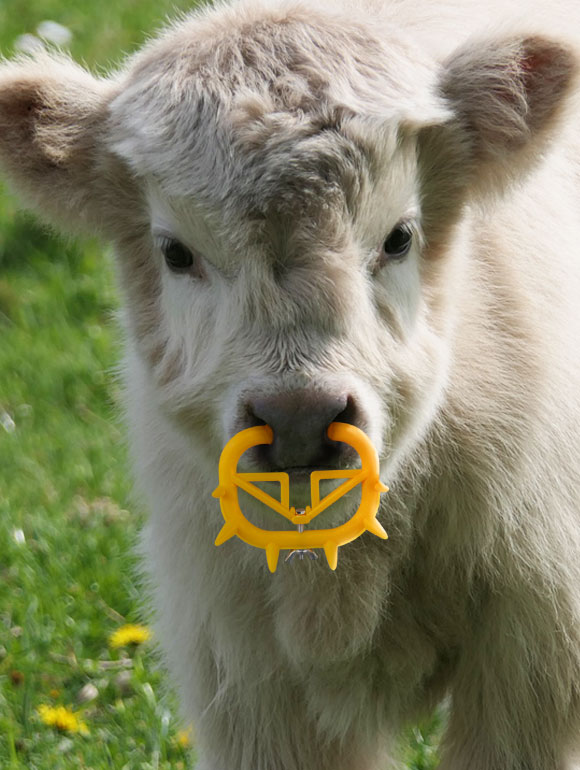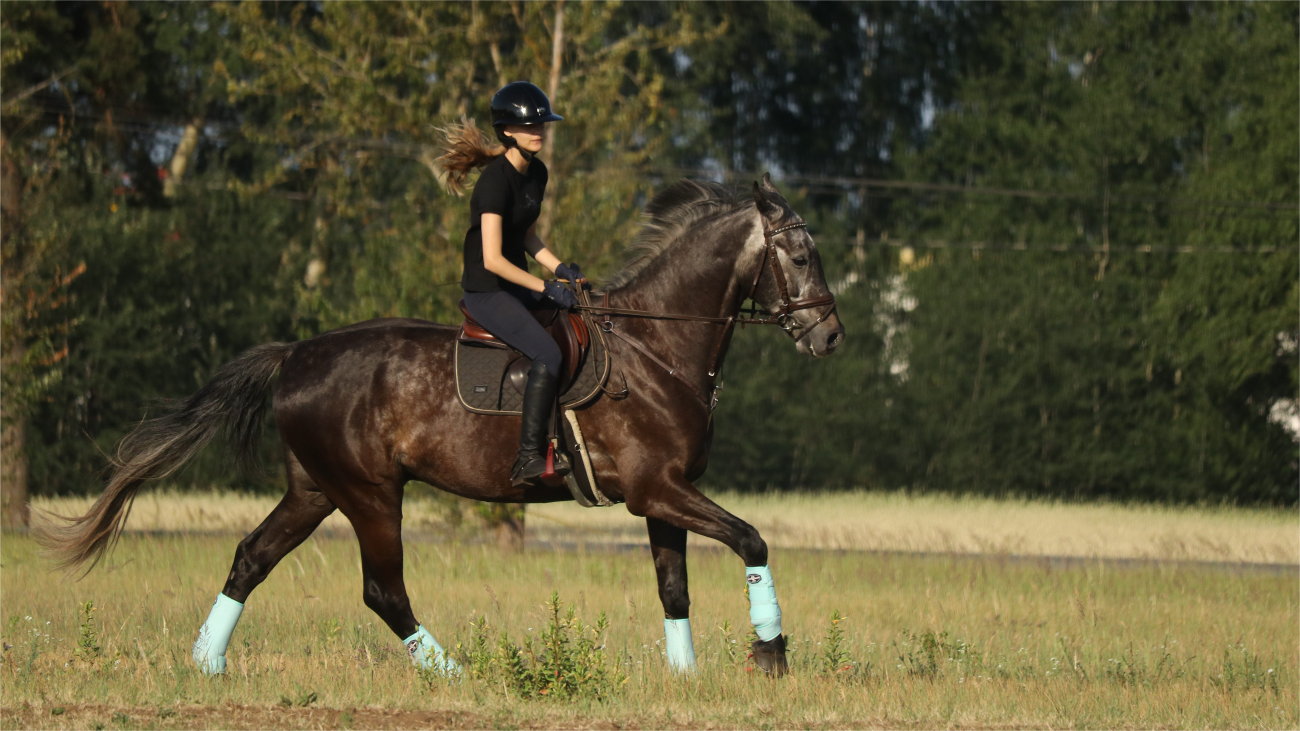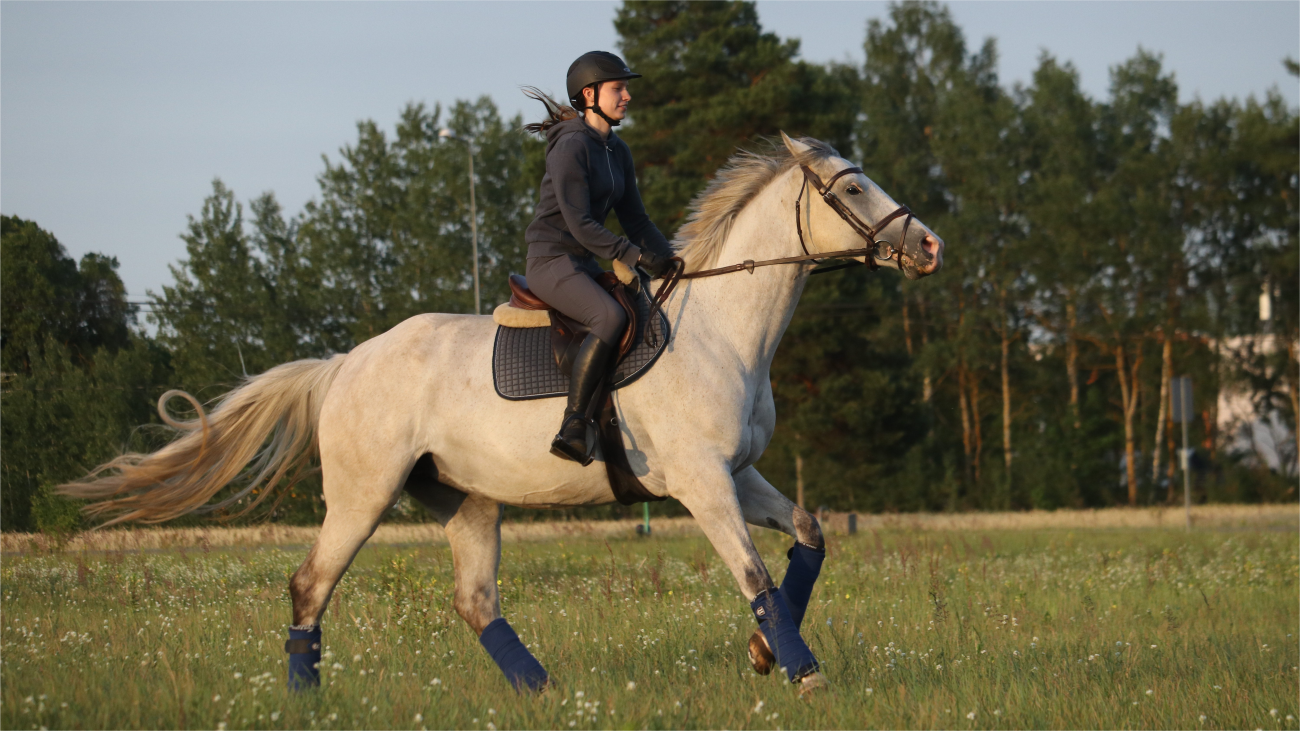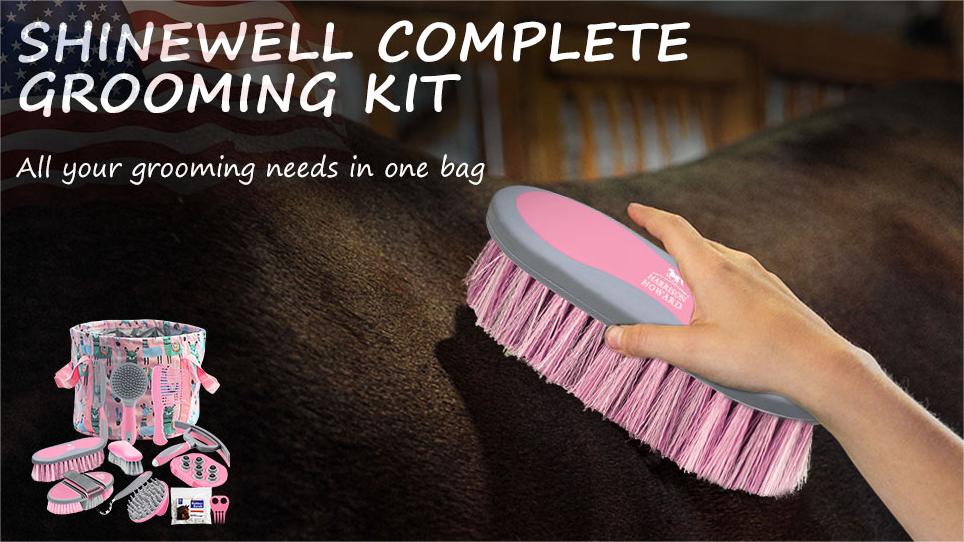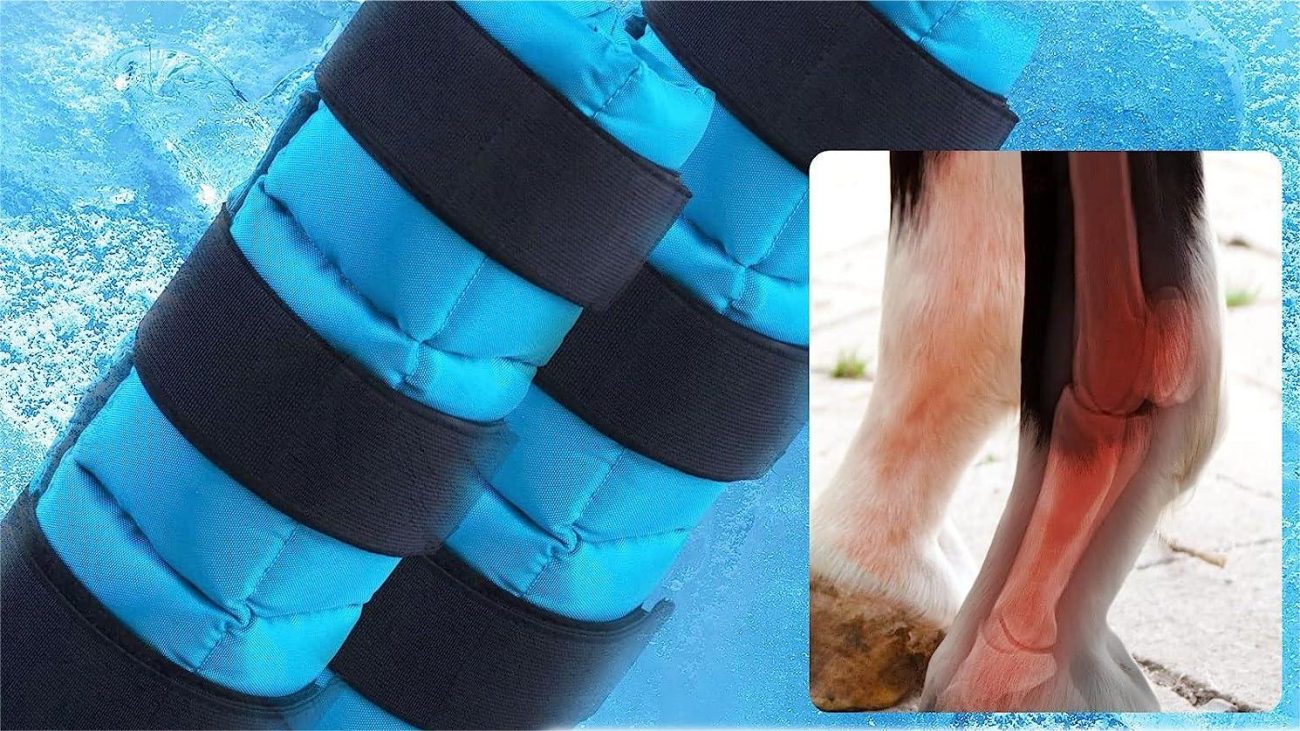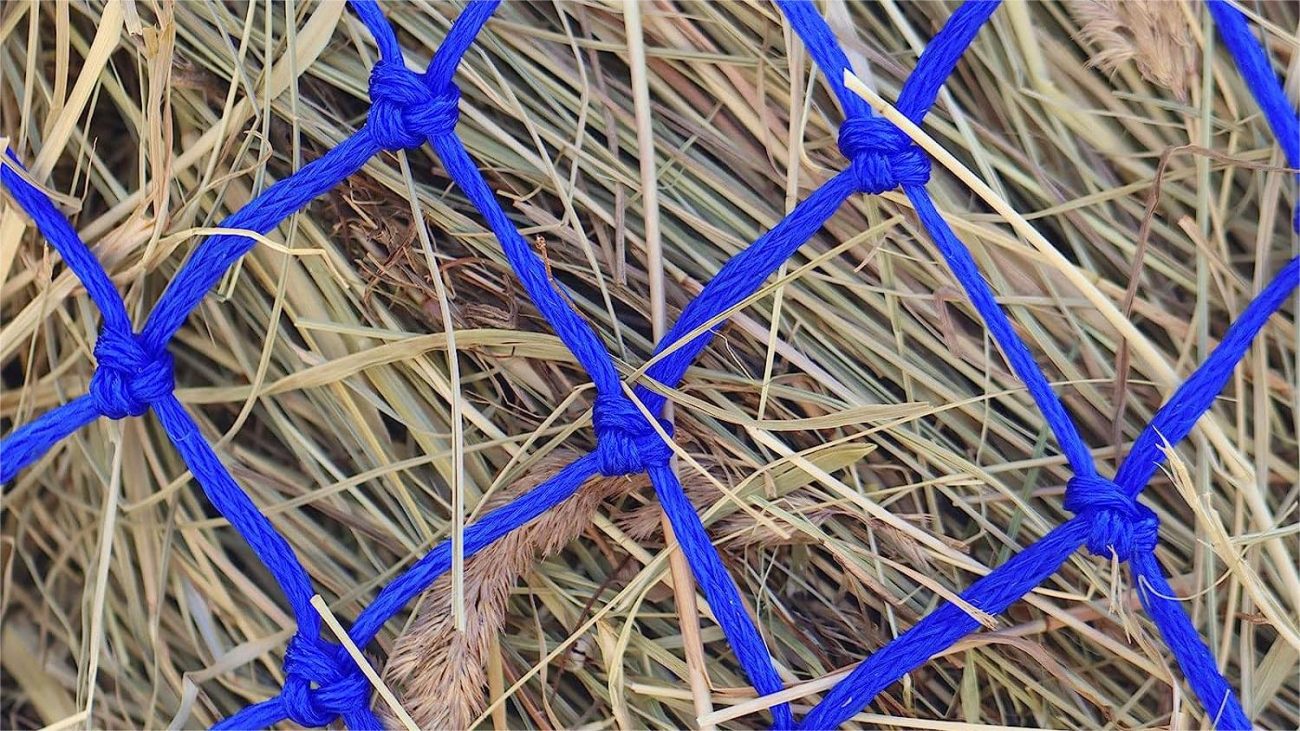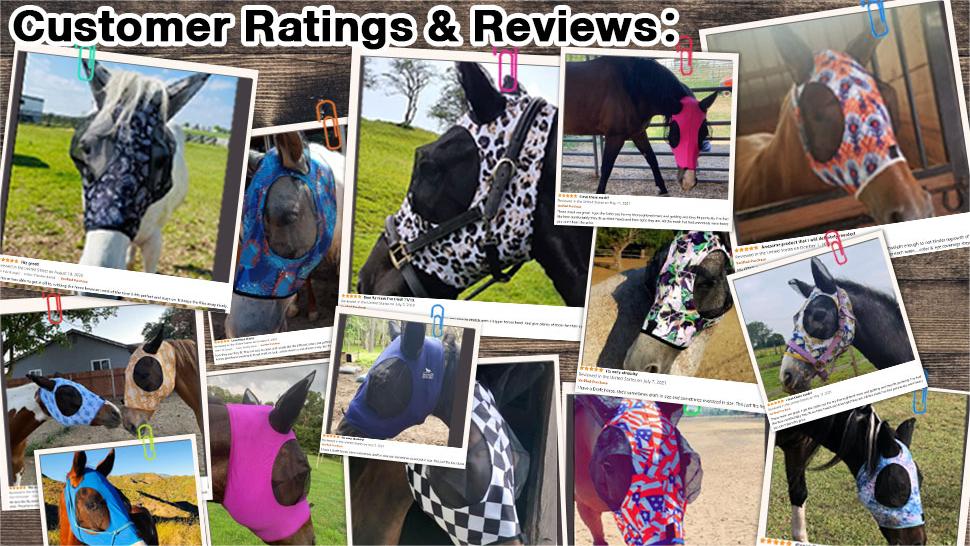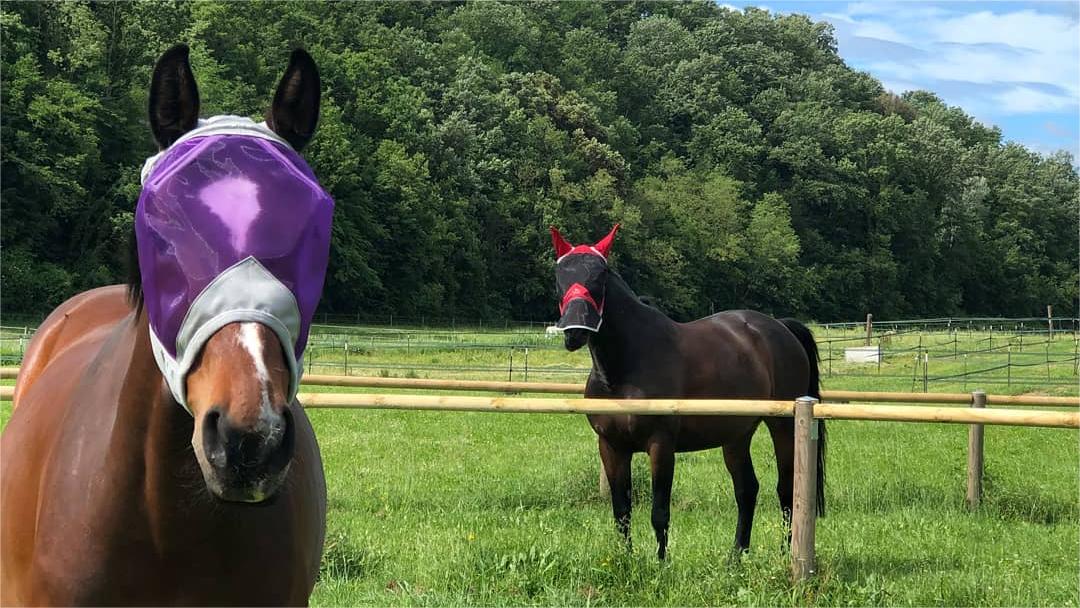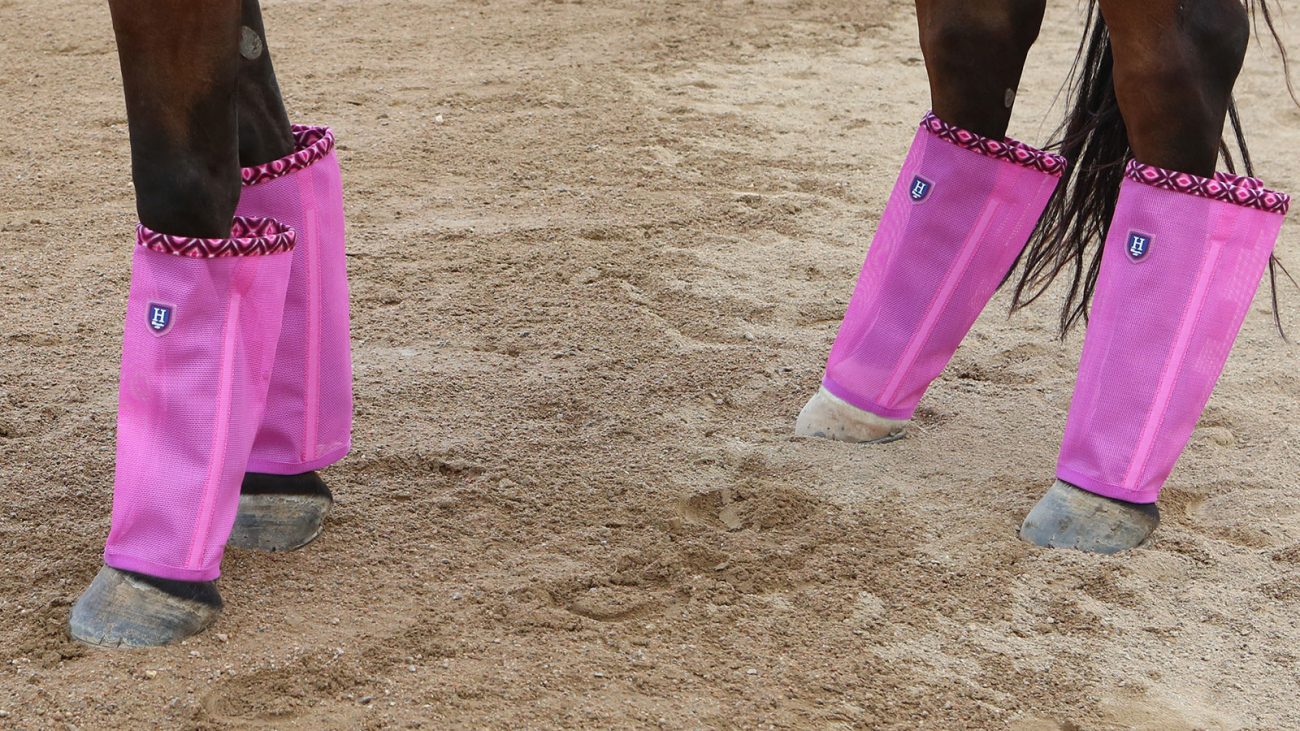Slow-feeding hay bags have revolutionized the way many horse owners feed their equine companions. By simulating the horse’s natural grazing behavior, slow-feeding hay bags provide a range of health benefits, from improved digestion to reduced risk of gastric ulcers and colic. However, choosing the right slow-feeding hay bag involves careful consideration. Here are some factors to keep in mind:
Size of the Holes:
The hole size in a slow-feeder hay bag determines how much hay your horse can pull out at a time. Smaller holes, typically between 1-2 inches, can slow down fast eaters, encourage more chewing, and prolong feeding time. Larger holes, around 3-4 inches, may be suitable for horses that get frustrated easily or have dental issues. Remember, if you’re transitioning your horse to a slow feeder, it’s best to start with larger holes and gradually move to smaller ones.
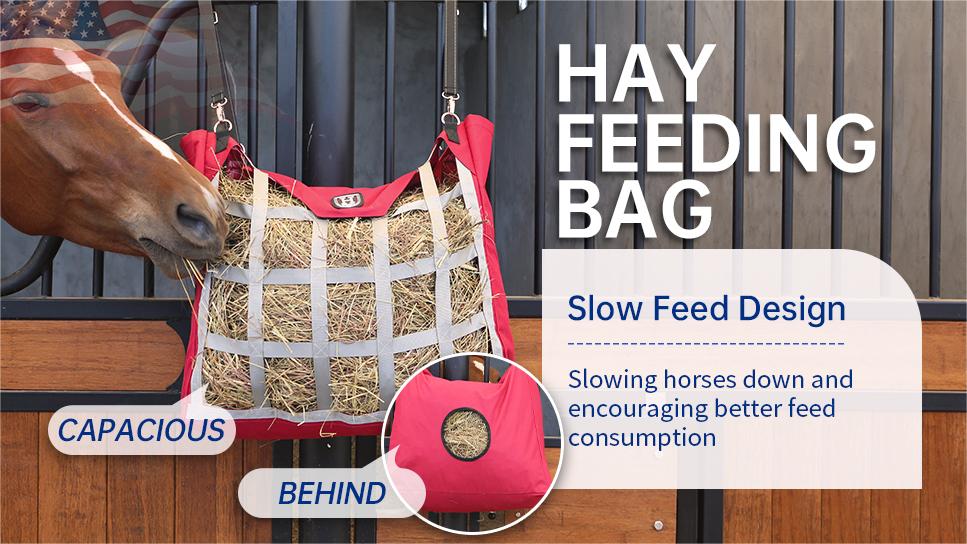
Material and Durability:
Choose a slow-feeding hay bag made from a durable, horse-safe material that can withstand chewing and the elements. Materials such as nylon or polyester are strong and resist tearing. However, check for quality of construction and reinforcement in areas prone to stress. A well-made bag can last for years and save you money in the long run.
Size and Capacity:
Select a slow-feeder hay bag that accommodates your horse’s dietary needs and your feeding routine. If you feed your horse large quantities of hay or want to minimize refill times, opt for a larger capacity bag. Smaller bags might be appropriate for portion control or for use during travel.

Ease of Filling and Use:
A well-designed slow-feeding hay bag should be easy to fill and hang. Look for bags with wide openings, sturdy closures, and adjustable straps. Consider how and where you’ll be using the bag – whether in a stall, on a fence, or in a trailer – and ensure the design fits those circumstances.
Horse’s Feeding Habits:
Last but not least, consider your horse’s feeding habits. Some horses may need time to adapt to a slow-feeding system. Monitor your horse for signs of frustration or weight loss, and adjust the feeding system as needed. It’s essential to strike a balance between slowing down feeding and maintaining a stress-free environment.
Ease of Filling and Use:
A well-designed slow-feeding hay bag should be easy to fill and hang. Look for bags with wide openings, sturdy closures, and adjustable straps. Consider how and where you’ll be using the bag – whether in a stall, on a fence, or in a trailer – and ensure the design fits those circumstances.



